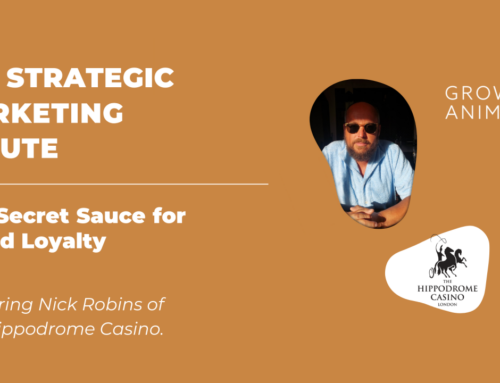5 Easy Steps to a Carbon Conscious Website
1 min read
You’ve cleaned up your supply chain, you’ve taken steps to reduce your company travel, you’ve even gone paperless, but now you’ve heard about the curse of the digital carbon footprint (the energy consumption of the internet is now estimated to be greater than that of the whole United Kingdom and overtaking that of the global airline industry) and worry that your website might be part of the problem rather than part of the solution. So, what can you do about it?
Here are our five easy steps to a faster (speed is of the essence – the quicker it loads, the less energy it uses), better (your consumers will thank you for it, enabling them to get from A to B on your site in a faster more efficient manner), cleaner (reduced page weights and load times equal less energy consumed) website.
- Measure – The first step is to understand your site’s current carbon footprint. Website Carbon is one of the original carbon calculators and will highlight your present position.
- Videos – Turn off auto playing videos (never mind the fact that they can be irritating and intrusive), reduce the size and length of videos and use them more sparingly across your site.
- Images – Reduce the size and quantity of your images, remembering that less is often better. Consider if your message could be better conveyed through clever use of copy or graphics.
- Old Pages – Reduce the bloat of your site by removing old or unnecessary pages. Consider combining pages to condense the message and reduce your site’s page count.
- Hosting – Change your hosting platform to one of the many that are now powered by renewable energy. This simple change alone could reduce your carbon footprint by 10%.
Implementing these five simple steps can have a dramatic impact on the reduction of your website’s carbon footprint, often without the need for a full rebuild. And for those looking to take it further, there’s plenty more that can be done to reduce your site’s impact, through areas such as the optimisation of SEO (Search Engine Optimisation), UX/UI (User Experience and User Interface), fonts and clean coding.
If you’d like to explore any of these areas further, including an in-depth site audit, please get in touch.



